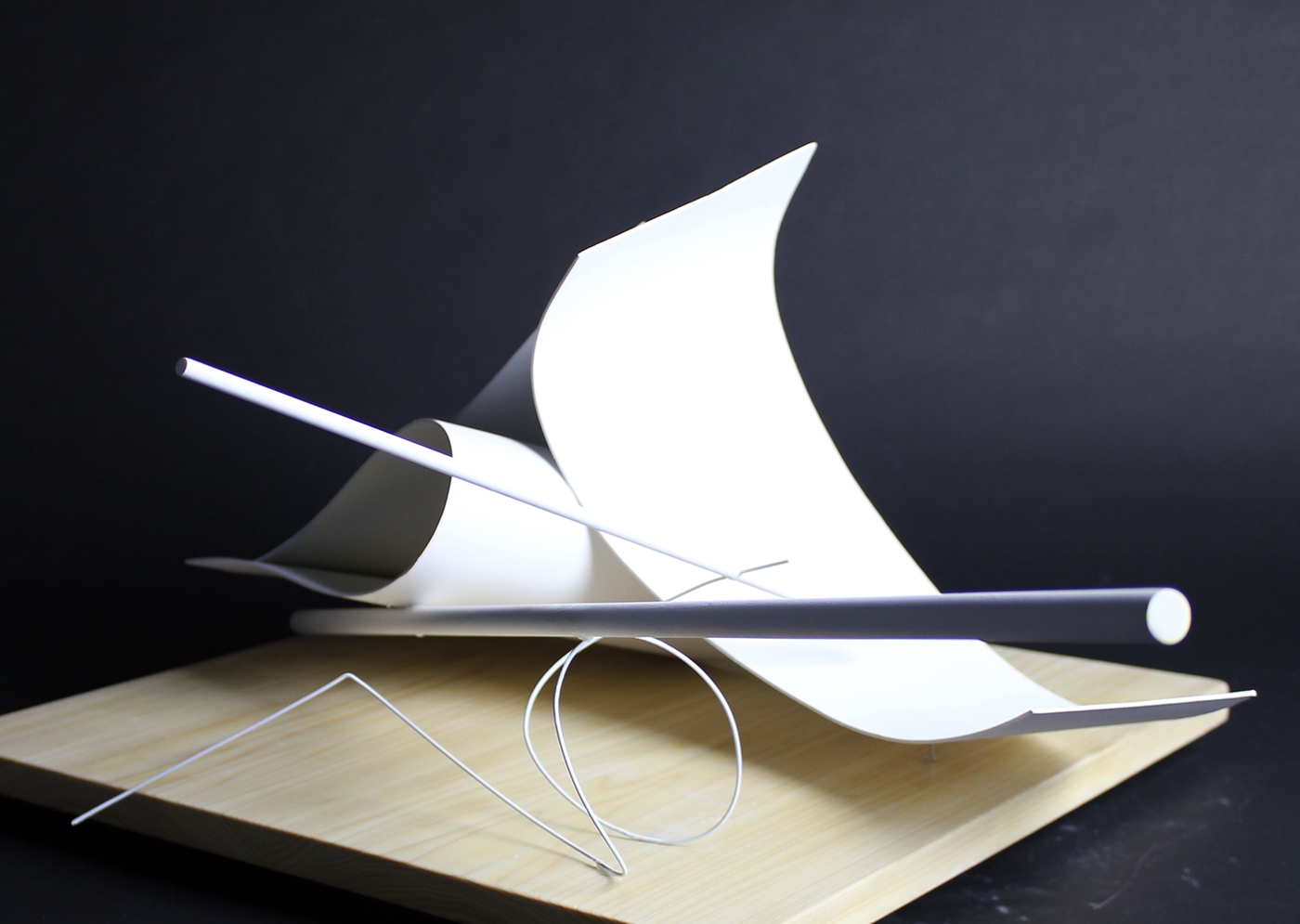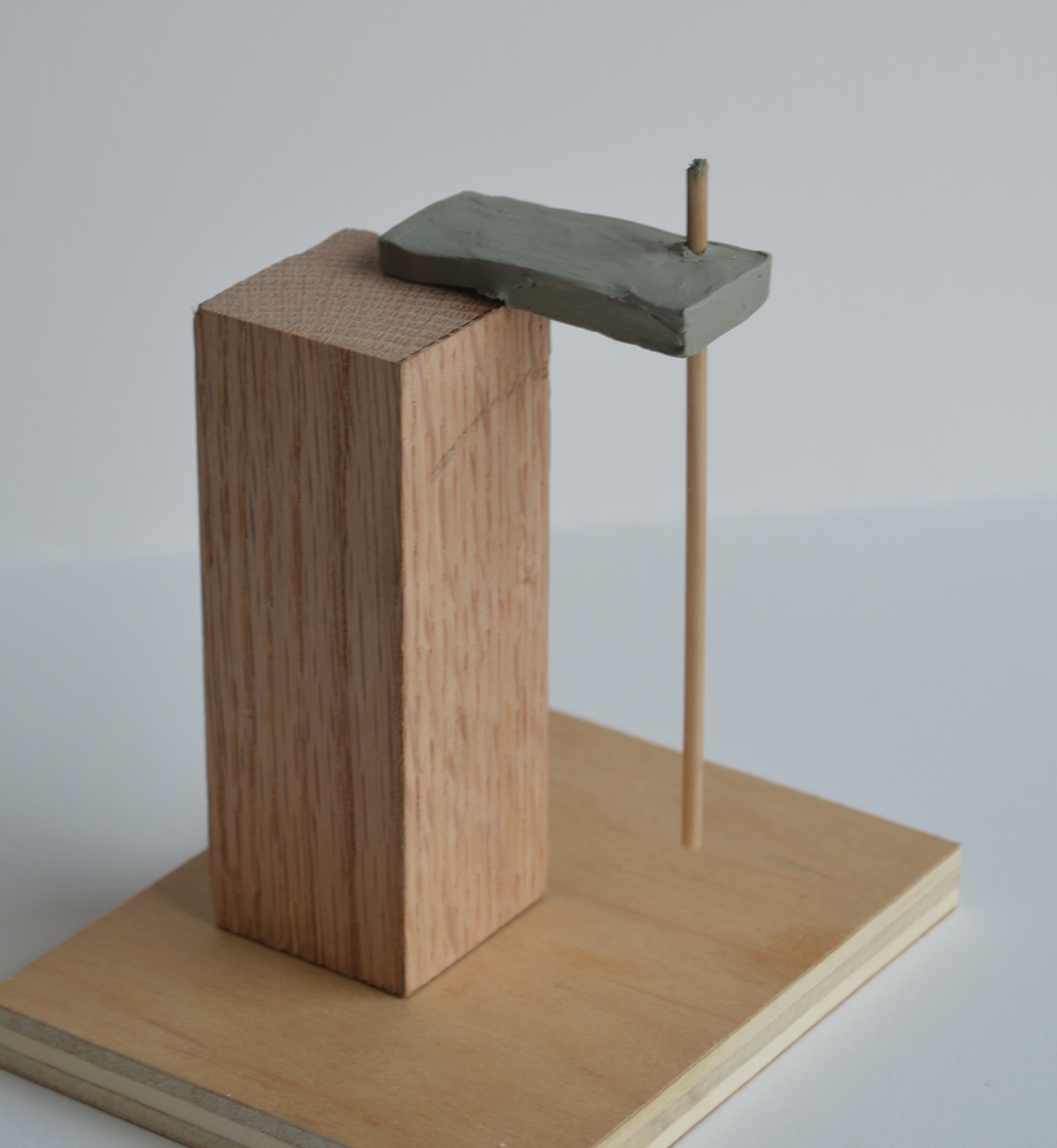
After choosing one trash study to finalize we spent weeks breaking it down and exploring every element, every relationship and every possibility of growth. We did wire axial studies, made different elements dominant subdominant and subordinate, brought elements closer to each other and pulled them further apart. The step which influenced my final the most was when we were told to make horizontal and vertical compositions.

The construction problem began with the entire class bringing
in bags of trash and playing around with pieces trying to put
them together to create something, we didn’t know what that something was until it was done. This exercise was a lot like playing with lego; we were all on the floor surrounded by piles of pieces. The only difference was that we were trying to get things to stay in place with the desperate and frantic use of duct tape and hot glue.
in bags of trash and playing around with pieces trying to put
them together to create something, we didn’t know what that something was until it was done. This exercise was a lot like playing with lego; we were all on the floor surrounded by piles of pieces. The only difference was that we were trying to get things to stay in place with the desperate and frantic use of duct tape and hot glue.



With the introduction of curved planes and lines a whole new level of space activation can be achieved. We were no longer constricted to single x, y and z axis but could lean our elements to the perfect point and have them interact in more dynamic, tension creating ways.


After countless experimental sketches we chose one to explore by further iterations pushing different elements in the x, y and z axis in each sketch. We then landed on a final to create in different materials.

We began the semester with rough three dimensional sketches playing with clay, chipboard and dowels to create rectilinear volume compositions while keeping dominant, subdominant and subordinate relation ships in mind.
